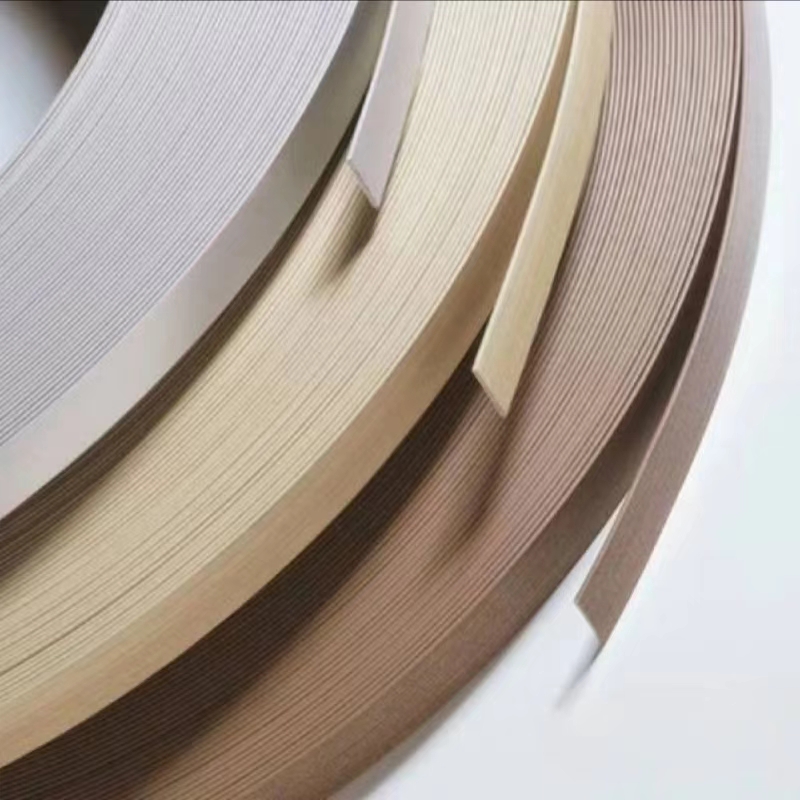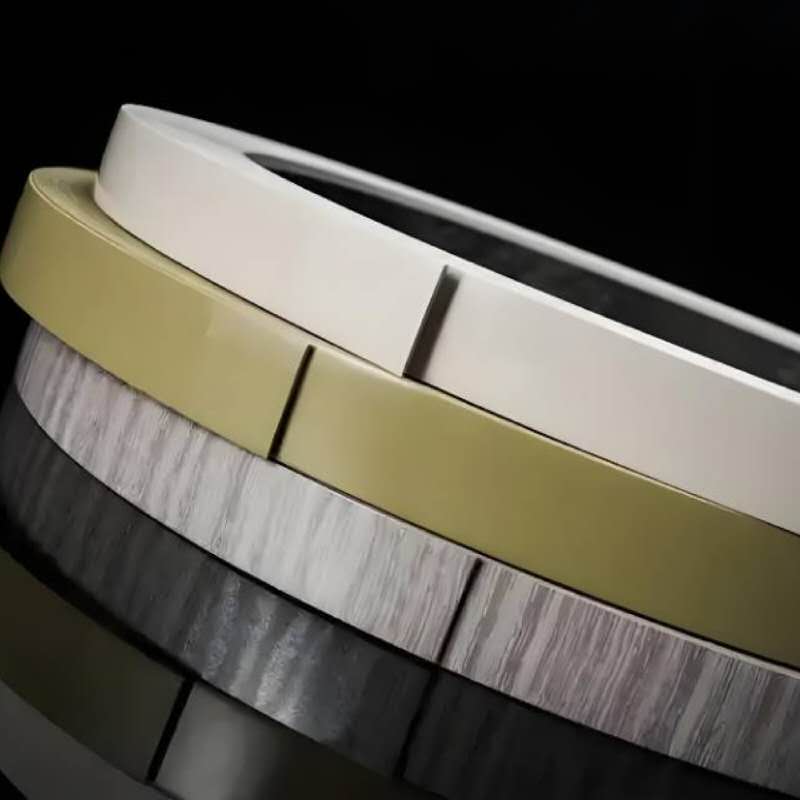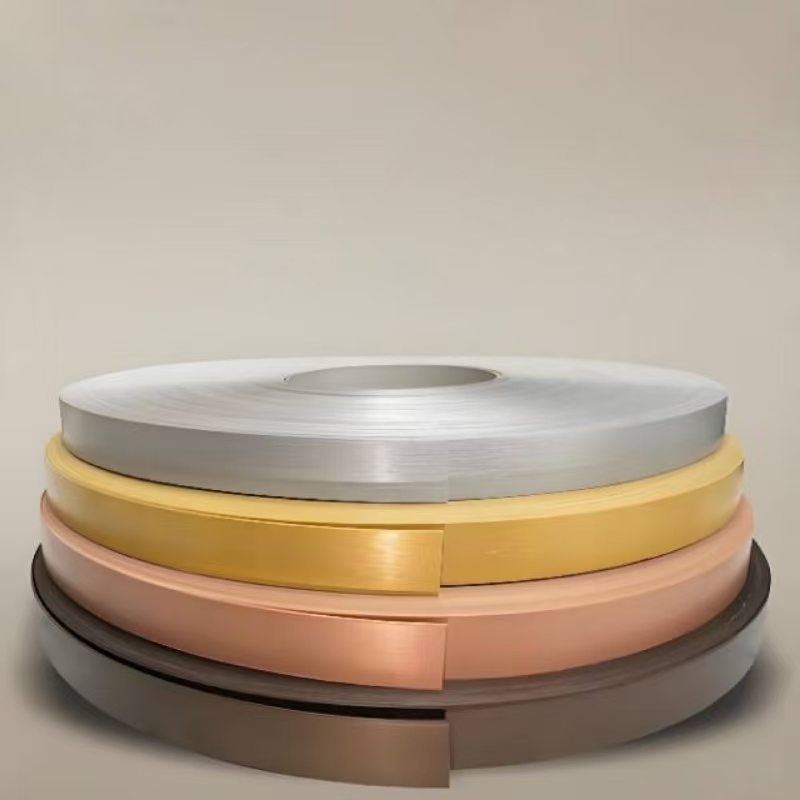Global Edgebanding Industry Sees Sustained Growth and Innovation
The global edgebanding industry has been experiencing a sustained period of growth, fueled by the expanding furniture manufacturing and interior decoration sectors. Edgebanding, a crucial material used to enhance the aesthetic appeal and durability of furniture edges, is witnessing a surge in demand worldwide.
According to the latest market research from QYR (QYResearch), the global thermoplastic edgebanding market is projected to grow at a compound annual growth rate (CAGR) of 11.4% from 2024 to 2030, reaching a sales value of USD 88.64 billion by 2030, up from USD 42.17 billion in 2023. This growth is attributed to the increasing popularity of thermoplastic edgebanding materials, which offer superior physical properties and environmental friendliness.
Key product types within the edgebanding industry include acrylonitrile butadiene styrene (ABS), polyvinyl chloride (PVC), polypropylene (PP), and polymethyl methacrylate (PMMA) edgebanding. These materials cater to diverse applications, with home furniture and office furniture accounting for the lion's share of the market. Additionally, the demand for edgebanding in commercial buildings and trade exhibition venues is also on the rise.
Innovation is a driving force behind the edgebanding industry's growth. Manufacturers are continually developing new products to meet evolving market demands. For instance, smart edgebanding integrated with RFID technology has emerged, offering enhanced product reliability and traceability in harsh manufacturing and operating environments. Furthermore, environmentally friendly edgebanding solutions, such as paper-based insulation boxes and biodegradable edgebanding, are gaining traction as consumers and regulators become increasingly concerned about sustainability.
China, as a major producer of edgebanding, continues to dominate the global landscape. With a maturing domestic market and heightened consumer awareness of environmental protection, there is a growing demand for eco-friendly edgebanding products. Chinese edgebanding companies are also expanding their international presence, leveraging technological advancements and quality improvements to compete in global markets.
Looking ahead, the edgebanding industry is poised for further expansion, driven by the thriving furniture and interior decoration industries. As consumers' expectations for product quality and design increase, edgebanding manufacturers must invest in research and development to introduce innovative products that meet these demands. Additionally, stricter environmental regulations will encourage companies to prioritize eco-friendly production processes and materials, fostering a more sustainable future for the industry.
In conclusion, the global edgebanding industry is experiencing robust growth, driven by innovation, increased demand from end-use sectors, and a focus on environmental sustainability. As the furniture and interior decoration markets continue to evolve, the edgebanding industry will remain at the forefront of these developments, offering advanced solutions that enhance product aesthetics, durability, and environmental performance.




